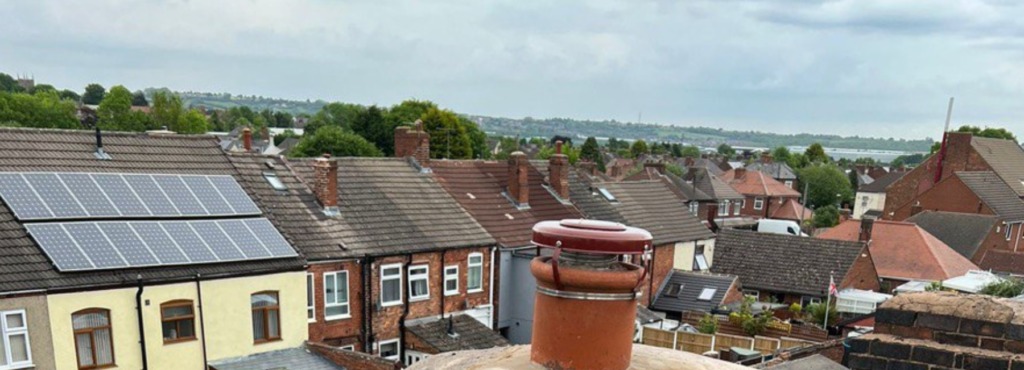Introduction: While lead flashing is primarily known for its role in waterproofing and protecting your home from water damage, it also plays an important part in keeping pests at bay. Pest infestations can wreak havoc on your property and pose health risks to your family. In this blog post, presented by Heanor Roofing Repairs, we’ll explore the often-overlooked role of lead flashing in preventing pest infestations.
Understanding the Pest Threat
Pest infestations include unwanted visitors, such as rodents, birds, insects, and bats. These pests often seek shelter in your home’s attic or wall cavities, where they can cause extensive damage and create unsanitary conditions. Some pests, like birds and squirrels, are attracted to your roof and can gain access through vulnerable areas.
How Lead Flashing Acts as a Pest Deterrent
- Sealing Entry Points: Lead flashing is typically used to seal and protect vulnerable areas of your roof, such as chimney junctions, roof vents, and valleys. When correctly installed, it creates a barrier that pests cannot easily breach.
- Weather-Resistant Barrier: Lead flashing is resistant to weathering and corrosion, making it a compelling long-term barrier against pests. Lead flashing remains a durable deterrent, unlike other materials that may degrade over time.
- Preventing Nests: Birds and rodents often seek shelter to build nests. Lead flashing prevents them from accessing gaps and cavities where they might nest, discouraging them from residence on your property.
- Noise and Light Deterrence: When disturbed by pests, lead flashing can create noise and reflect light, making the area less appealing to them.
Proper Installation Is Key
To ensure that lead flashing effectively prevents pest infestations, experienced professionals must correctly install it. Here are some key considerations:
- Seamless Installation: Ensure that lead flashing is seamlessly integrated with your roofing system, leaving no gaps or vulnerabilities.
- Secure Fastening: Properly secure lead flashing with nails or screws to prevent pests from dislodging it.
- Regular Maintenance: Periodically inspect and maintain your lead flashing to ensure it remains in good condition and continues to serve as an effective pest deterrent.
Conclusion: Lead flashing protects your home from water damage and plays a crucial role in preventing pest infestations. By sealing entry points and creating a durable barrier, lead flashing discourages pests from residence on your property. If you suspect that your lead flashing may be compromised or need assistance with roofing repairs and maintenance, contact Heanor Roofing Repairs. Our experienced professionals can help ensure that your roofing system remains watertight and pest-resistant, keeping your home safe and comfortable.
Call us on: 01773 300 896
Click here to find out more about Heanor Roofing Repairs
Click here to complete our contact form and see how we can help with your roofing needs.

